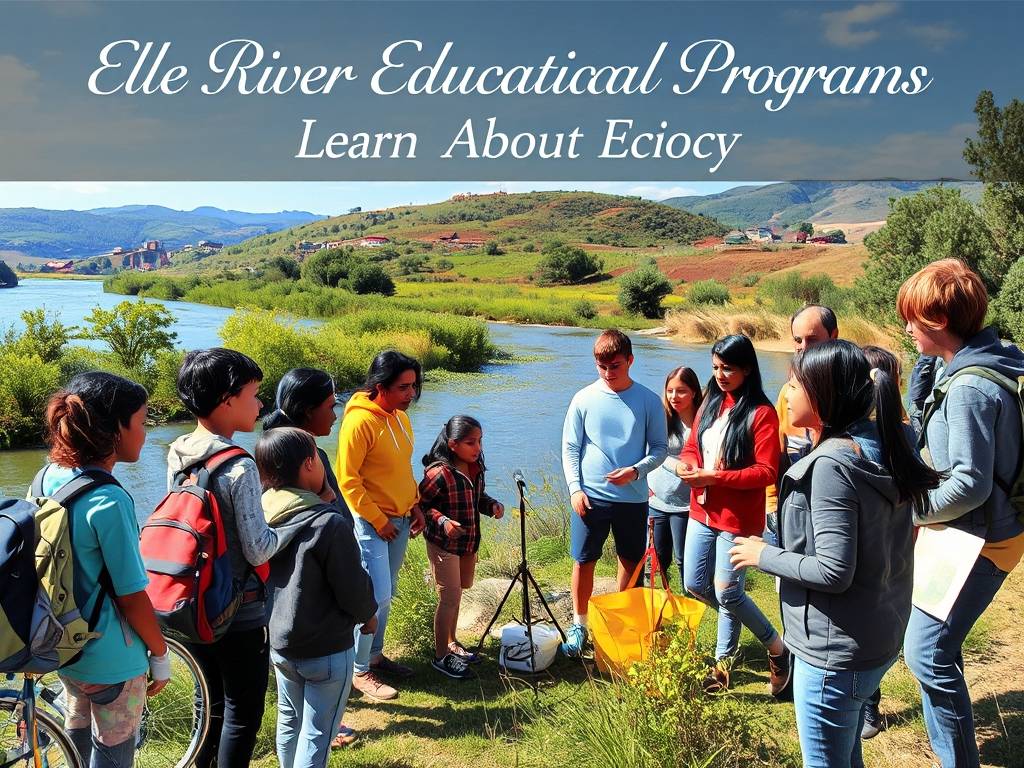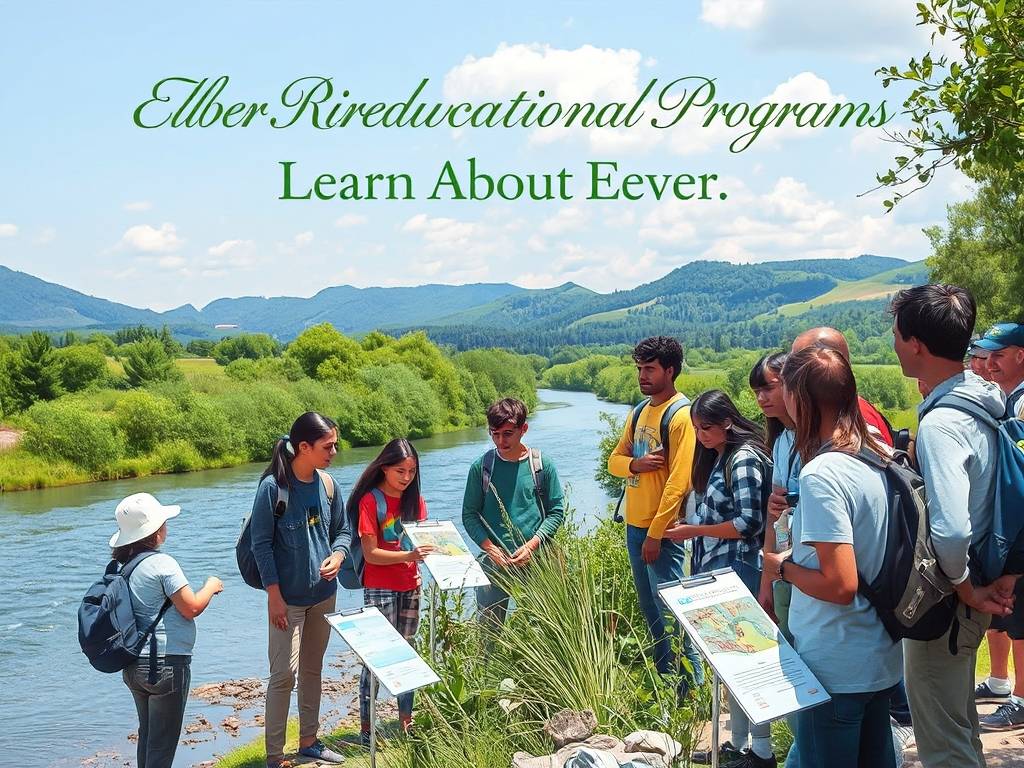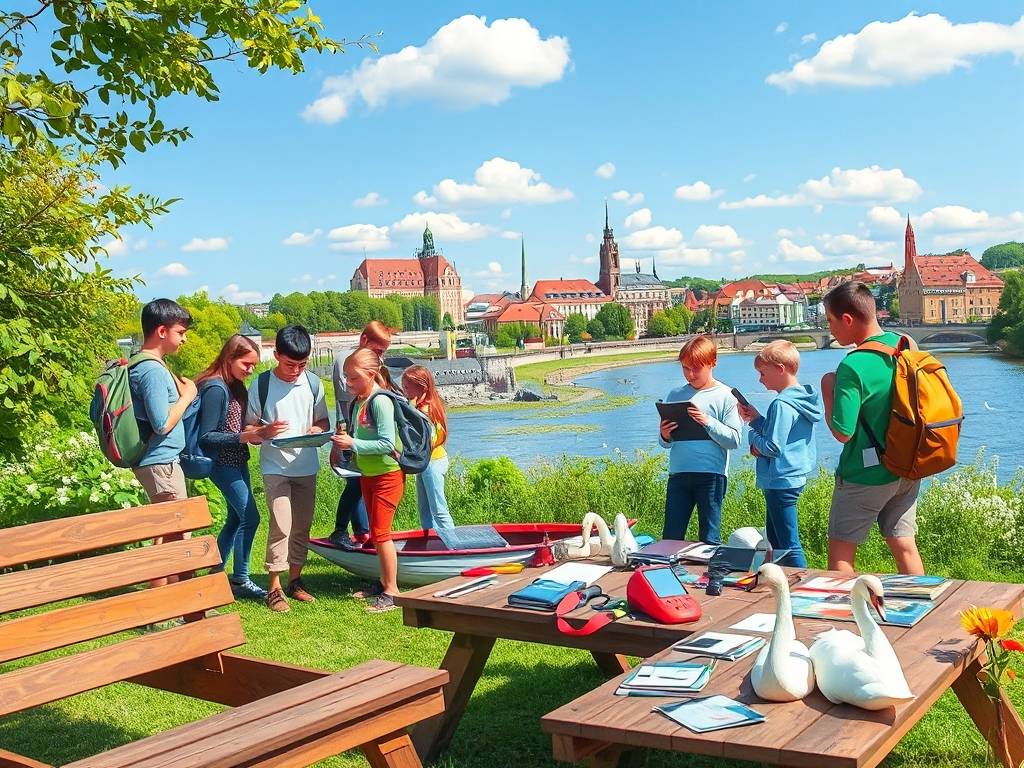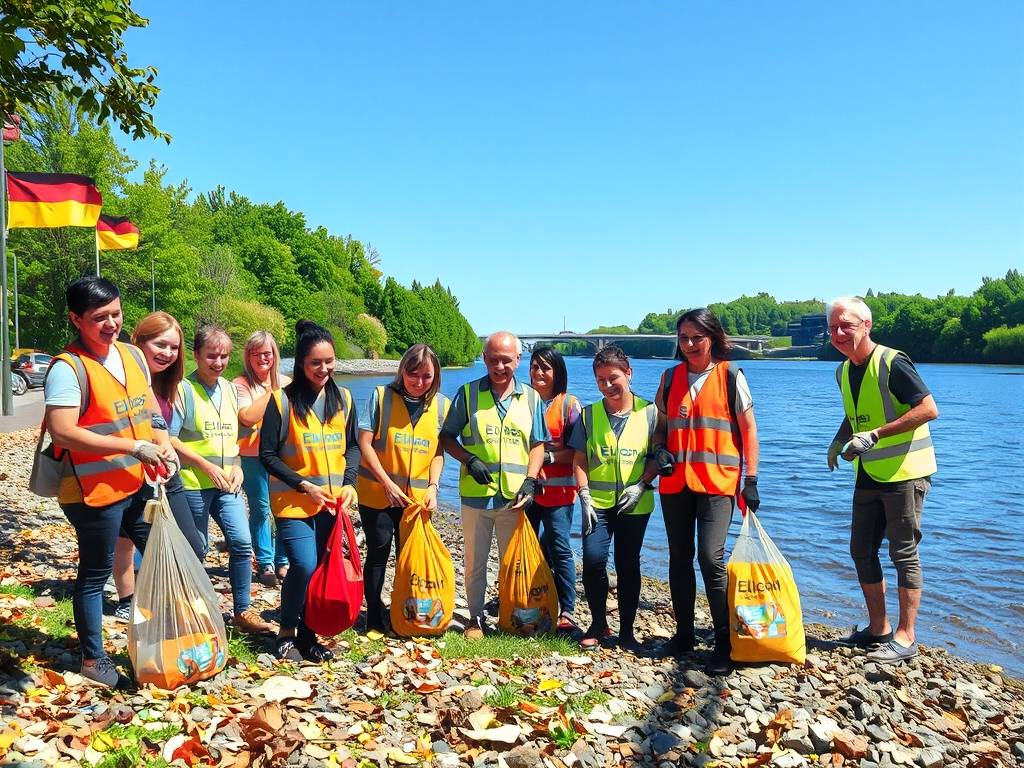Global Travel Information
Elbe River Educational Programs: Learn About Ecology
The Elbe River Classroom: Unlocking the Secrets of a Living Ecosystem
There's a certain magic that happens when learning moves beyond the four walls of a classroom and into the open air. The rustle of reeds, the call of a kingfisher, the gentle flow of current—these become the textbooks, and the river itself becomes the most compelling teacher. For anyone curious about the natural world, the educational programs focused on the Elbe River offer an unparalleled opportunity to do just that: to learn, hands-on, about the intricate dance of ecology in one of Central Europe's most significant waterways. This isn't just about memorizing facts; it's about developing a profound connection with a vital ecosystem and understanding our role within it.
The Elbe River, flowing from the Krkonoše Mountains in the Czech Republic to the North Sea in Germany, is more than just a body of water on a map. It's a sprawling, dynamic life-support system. Its value lies not only in its economic role for transportation but, more importantly, in its incredible biodiversity of the Elbe River basin. From its source to its mouth, the river creates a mosaic of habitats—forested slopes, floodplain forests, wetlands, and sandy shores—each hosting a unique community of plants and animals. To truly grasp the concept of an ecosystem, one must witness this interconnectedness firsthand, and that is the core mission of Elbe River ecology education.

So, what can you expect when you embark on an educational journey along the Elbe? The programs are as diverse as the ecosystem they explore, catering to school children, university students, families, and lifelong learners.
A Hands-On Experience: From Water Quality to Wildlife Tracking
Many programs begin with the most fundamental question: How healthy is the river? Participants become citizen scientists for a day, engaging in hands-on water testing in the Elbe River. Wading into shallow, safe sections with nets and trays, they discover a hidden world. They learn to identify macroinvertebrates—the larvae of insects like mayflies, stoneflies, and caddisflies. These tiny creatures are powerful bio-indicators; their presence and diversity provide a direct report card on water quality. Finding a abundance of mayfly larvae, for instance, indicates clean, well-oxygenated water, while their absence signals pollution. This activity transforms abstract concepts like "water pollution" into a tangible, investigable reality.
Beyond the water's edge, the focus shifts to the river's vibrant residents. Guided birdwatching tours in the Elbe Biosphere Reserve are a popular and rewarding activity. Led by knowledgeable naturalists, these tours teach participants to spot and identify the rich avifauna of the Elbe wetlands. You might train your binoculars on a majestic white-tailed eagle soaring overhead, a symbol of successful conservation efforts, or observe the comical antics of the Eurasian beaver, whose return to the river is a conservation success story. These guides don't just name the species; they explain their roles in the food web, their migration patterns, and the specific habitat features of the Elbe floodplains that make this area so critical for their survival.

For a more immersive experience, some programs offer sustainable tourism and education on the Elbe. This involves multi-day trips, sometimes by canoe or on traditional boats, where travelers learn about the river's ecology while practicing minimal-impact travel. Along the journey, guides discuss the history of the river's pollution and its remarkable recovery since the industrial era, highlighting the ongoing challenges and the importance of river conservation for future generations. This holistic approach connects ecology with culture, history, and responsible stewardship.
The Heart of the Matter: The Elbe's Floodplains and Conservation
A central theme in any deep dive into the Elbe's ecology is the critical role of its floodplains. These are not merely lands that occasionally get wet; they are the river's lungs and kidneys. Educational programs dedicate significant time to explaining the ecology of the Elbe River floodplains. Participants learn how these areas act as natural sponges, absorbing floodwaters during heavy rains and slowly releasing them during dry periods, thereby reducing flood risk for downstream communities. Furthermore, the floodplains are natural filters, trapping sediments and pollutants, which significantly contributes to improving water quality in the Elbe.
However, centuries of river straightening and the construction of dikes have disconnected the Elbe from much of its natural floodplain. This is where education meets action. Many programs include visits to areas where dikes have been set back or removed in ambitious river restoration projects on the Elbe. Seeing a re-naturalized section of the river, with its newly created side channels and revitalized wetlands, powerfully demonstrates the principles of ecosystem recovery. It answers the crucial question: "What can we actually do to help?" It shows that conservation is not just about protection, but also about active repair. This fosters a sense of hope and agency, empowering participants to become advocates for protecting the Elbe River ecosystem.
Who Are These Programs For? And Why Do They Matter?
The beauty of the Elbe's educational offerings is their inclusivity. School groups engage in curriculum-aligned trips that bring their biology and geography lessons to life. University students use the river as a living laboratory for advanced research projects. For families, these programs provide a meaningful and active way to spend time together, instilling a love for nature in the next generation. And for tourists, they offer a far richer experience than a simple sightseeing cruise, creating lasting memories rooted in understanding and appreciation.
Ultimately, these programs are about more than just the Elbe. They serve as a model for understanding global freshwater issues. The skills learned here—how to assess water health, identify key species, understand landscape dynamics, and appreciate the value of restoration—are transferable to any river, anywhere in the world. By participating, you are not just learning about one river; you are learning how to see, value, and protect freshwater ecosystems everywhere.
The journey of understanding the Elbe is a continuous one. It begins with a single step onto its banks, a first dip of a net into its waters, or the first time you identify a bird by its song. The educational programs available are your gateway. They provide the context, the expertise, and the inspiration to transform a casual interest into a deep-seated appreciation. They equip you with the knowledge to see the river not as a simple blue line on a map, but as a vibrant, resilient, and breathtakingly complex living entity that deserves our curiosity, our respect, and our steadfast protection. So, the next time you feel the call of the wild, consider answering it by the shores of the Elbe, where an entire classroom of ecological wonders is waiting to be discovered.
相关文章
- Elbe River Volunteer Opportunities: Help Protect the Waterway
- Elbe River Conservation Efforts: How to Support the Environment
- Elbe River Clean-Up Events: Join a Local Initiative
- Elbe River School Trips: Educational Excursions for Students
- Elbe River Science Tours: Explore the River’s Ecosystem
- Elbe River Weather Forecast: Plan Your Day Along the Water
- Elbe River Climate Information: Average Temperatures Year-Round
- Elbe River Wind Conditions: Tips for Boaters & Cyclists
- Elbe River Rain Gear: Stay Dry During Your Visit
- Elbe River Sun Protection: Stay Safe in the Summer
发表评论
评论列表
- 这篇文章还没有收到评论,赶紧来抢沙发吧~


